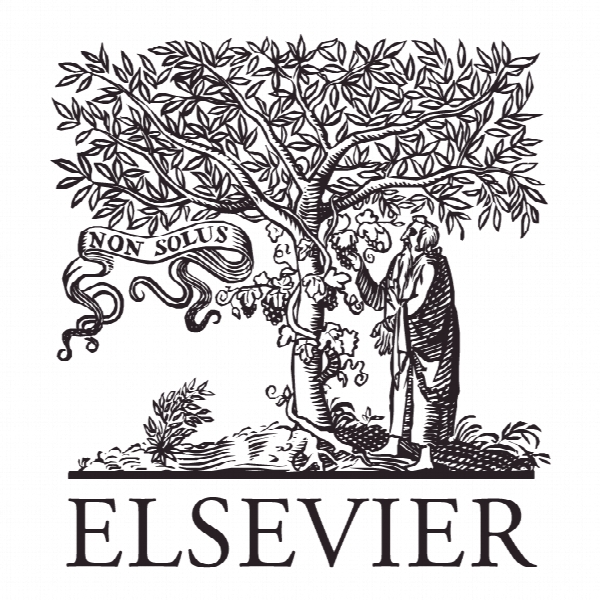تقسیم حالت IMF در EMD برای تحلیل jitter IMF mode demixing in EMD for jitter analysis
- نوع فایل : کتاب
- زبان : انگلیسی
- ناشر : Elsevier
- چاپ و سال / کشور: 2018
توضیحات
رشته های مرتبط اقتصاد
گرایش های مرتبط اقتصاد پولی
مجله علوم محاسباتی – Journal of Computational Science
دانشگاه Department of Software Engineering – Kaunas University of Technology – Kaunas – Lithuania
منتشر شده در نشریه الزویر
کلمات کلیدی پردازش سیگنال دیجیتال انهدام سیگنال، تجزیه حالت تجربی، حالت مخلوط کردن، تحلیل جرثقیل
گرایش های مرتبط اقتصاد پولی
مجله علوم محاسباتی – Journal of Computational Science
دانشگاه Department of Software Engineering – Kaunas University of Technology – Kaunas – Lithuania
منتشر شده در نشریه الزویر
کلمات کلیدی پردازش سیگنال دیجیتال انهدام سیگنال، تجزیه حالت تجربی، حالت مخلوط کردن، تحلیل جرثقیل
Description
I. INTRODUCTION Signal decomposition (or source separation) is important in many domains of application (such as telecommunications, speech recognition, biomedical signal analysis, computer vision, seismic signal processing, time series forecasting), where several signals (including noise) have been mixed together into a combined signal and the aim is to recover the original constituents from the mixture signal. Several approaches can be used to perform signal decomposition such as Wavelet Transform [1], Independent Component Analysis (ICA) [2], Prony decomposition [3], Vold-Kalman filter (VKF) [4], blind decorrelation [5], multichannel decorrelation [6], Time Delayed Correlations [7], Denoising Source Separation [8], second generation wavelets [9], generalized eigenvalue decomposition [10], Quadratic Component Analysis [11], Fractal decomposition [12], Singular Spectrum Decomposition (SSD) [13], Biorthogonal Wavelet Decomposition (BWD) [14], Fourier Decomposition (FD) [15], Structural Sparse Decomposition [16], Regular Decomposition [17], Principle Phase Decomposition [18], Singular Value Decomposition (SVD) [19], Intrinsic Mode Decomposition [20], Pulse-Amplitude Modulated (PAM) decomposition [21], Variational Mode Decomposition [22], Transient Decomposition [23], Scattering Decomposition [24], Autoregressive Decomposition [25] and to separate informative and noise signal components. However, the existing methods for signal decomposition have a number of limitations and shortcomings. For example, while Fourier Transform is effective when applied to stationary signals, it makes little physical sense when applied to non-stationary and noisy data


